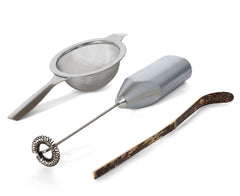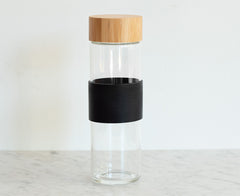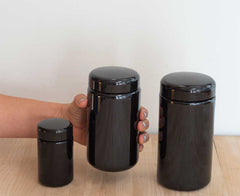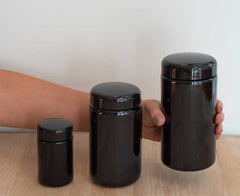Simultaneous and enantioselective determination of cis-epoxiconazole and indoxacarb residues in various teas, tea infusion and soil samples by chiral high performance liquid chromatography coupled with tandem quadrupole-time-of-flight mass spectrometry
Author: Xinzhong Zhang and Fengjian Luo and Zhengyun Lou and Meiling Lu and Zongmao Chen
A novel and sensitive method for simultaneous enantiomeric analysis of two pesticides—cis-epoxiconazole and indoxacarb—in various teas, black tea infusion, and soil samples has been developed. The samples were initially subjected to acetonitrile extraction followed by cleanup using lab-made florisil/graphitized carbon black mixed solid phase extraction (SPE) column (for the different teas and soil samples) and a BondElut C18-SPE column (for the black tea infusion samples). Separation of the analytes was performed on a chiral stationary phase using high performance liquid chromatography (HPLC) under a reversed-phase isocratic elution mode followed by tandem quadrupole time-of-flight mass spectrometry (Q-TOF/MS) detection. The mobile phase components, mobile phase ratios, flow rates, column temperatures, and MS parameters were all optimized to reach high sensitivity and selectivity, good peak shape, and satisfactory resolution. The performance of the method was evaluated based on the sensitivity, linearity, accuracy, precision, and matrix effects. Under optimal conditions, for the various teas (green tea, black tea, and puer tea), fresh tea leaf, soil and black tea infusion samples spiked at low, medium, and high levels, the mean recoveries for the four enantiomers ranged from 61.0% to 129.7% with most relative standard deviations (RSDs) being 17.1% or below. Good linearity can be achieved with regression coefficients (R) of 0.9915 or above for all target enantiomers, and matrix-matched calibration concentration ranging from 5.0 to 1000 μg/L. The limits of detection (LODs) for all four target enantiomers were 1.4 μg/kg or below in the different teas and soil samples and 0.05 μg/kg or below in the black tea infusion, whereas the limits of quantification (LOQs) for those did not exceed 5.0 μg/kg and 0.2 μg/L, respectively. The proposed method is convenient and reliable and has been applied to real tea samples screening. It has also been extended for studies on the degradation kinetics and environmental behaviors in the field trials, providing additional information for reliable risk assessment of these chiral pesticides.



